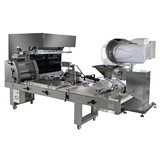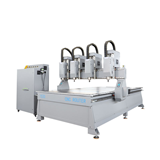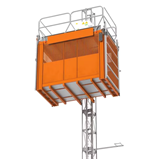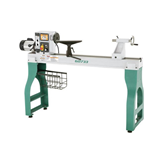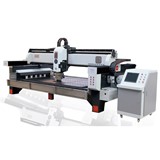"New Ai Group research out today reveals the widespread use of non-conforming products across the building and construction sector," Ai Group chief executive, Innes Willox said on Thursday (21 November).
"An extremely large proportion (92 per cent) of companies responding to our survey reported non-conforming products in their supply chains.
"This raises important questions about quality and safety and it poses serious commercial challenges for the businesses that do play by the rules."
"The report - The quest for a level playing field: The non-conforming building products dilemma – is based on a survey of more than 220 individuals and organisations across manufacturing, fabrication, supply and building industries and face to face meetings with over 240 industry participants.
"Almost half of businesses surveyed (45 per cent) reported lost revenue, reduced margins or lower employment numbers due to non-conforming products in the steel, electrical, glass and aluminium, and engineered wood sectors. The majority of the non-conforming products do not meet regulatory, Australian or industry standards. Others are not fit for their intended purpose, are not of acceptable quality, contain false or misleading claims or are counterfeit product.
"In addition to evidence of non-conforming products, the report also reveals significant confusion among companies about how to identify non-conforming products and who to report them to.
"Gaps and weaknesses in the building and construction conformance framework are also highlighted. Non-conforming products are allowed onto the market due to inadequate surveillance, audit checks, testing, verification and enforcement. The report suggests that building certifiers bear a disproportionate share of the burden for product conformance and raises the question of whether more responsibility should be taken by product suppliers and builders.
"The impact of non-conforming products is a major concern for industry and this report clearly suggests the need to reform the current system to ensure quality and safety and to ensure Australian importers, manufacturers and fabricators have a level playing field.
"Ai Group's proposals to address these issues are for:
- Industry, in consultation with all tiers of government, to promote awareness of the role of regulatory bodies in the building and construction sector and in particular awareness of how non-conforming product can be reported;
- State and territory governments to review their building certification arrangements with a specific focus on clarifying the role of building certifiers and assessing the adequacy of existing arrangements in preventing the installation of non-conforming product; and
- Stakeholders, in consultation with all tiers of government, examine how to best address the gaps and weaknesses in the building and construction sector conformance framework."
"We also recommend that further research be undertaken on the extent of non-conforming product in other sectors and how the problems presented by non-conforming product can best be addressed while keeping compliance and administrative costs to a minimum," Willox said.


-160x160-state_article-rel-cat.png)
-160x160-state_article-rel-cat.png)


-160x160-state_article-rel-cat.png)



